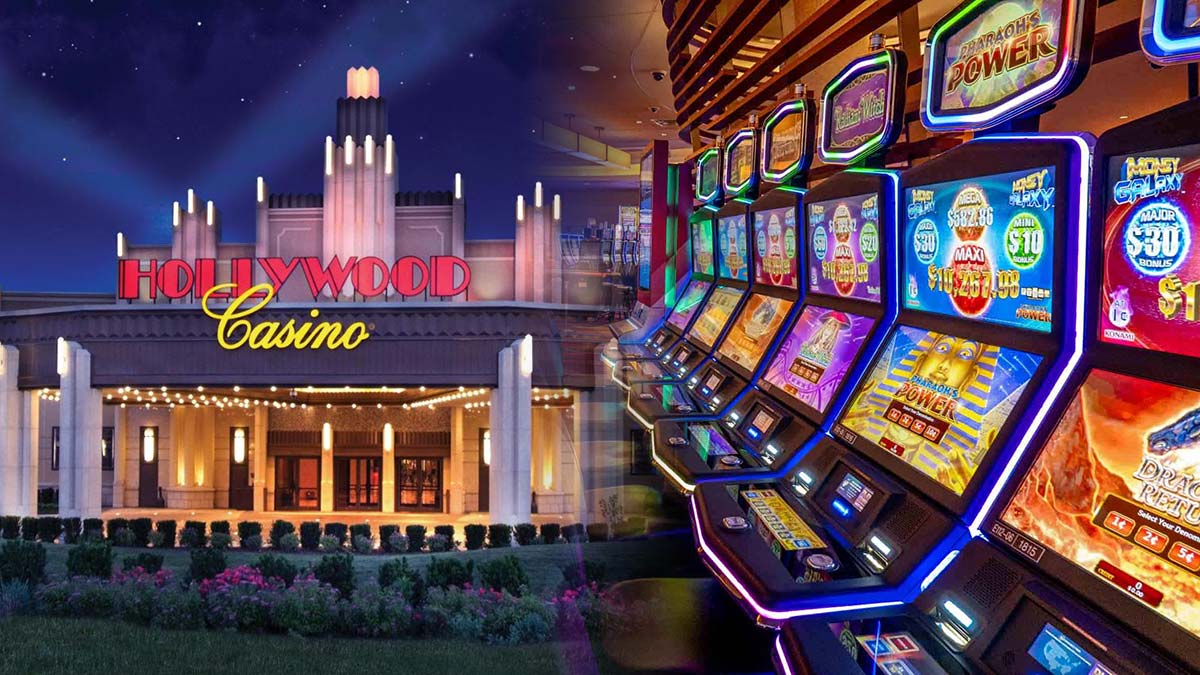
Casino games have captivated players over the ages, progressing from basic recreational activities to intricate adventures that combine luck, skill, and fun. From the ancient roots of gambling in civilizations such as Mesopotamia and Rome to the extravagant corridors of modern casinos, the evolution of these games reveals much about human nature and our relationship with chance. As cultures blended and technological advancements have occurred, casino games have changed, illustrating shifts in society and advancements in gameplay.
The initial iterations of gambling likely featured basic dice games and placing bets on the outcomes of athletic contests. As time passed, these primitive activities grew into more complex games like playing card games, the roulette wheel, and the myriad slot games that populate casino floors today. Every generation brought its own set of rules, aesthetics, and sociocultural significance. Today, casino games persist in evolving with the rise of digital gaming platforms, enabling players from all corners of the globe to engage in a shared experience, further fusing the traditional with the modern era.
Early Roots of Casino Activities
Gambling activities have roots that stretch back to ancient civilizations, where wagering was deeply embedded in social traditions and cultural customs. The earliest known instances of gambling developed in Mesopotamia around 3000 BC, involving basic dice activities made from bone material. These primitive activities laid the foundation for more advanced betting activities, demonstrating human beings’ innate desire to pursue wealth and entertainment through chance.
As civilizations progressed, so did their gambling pursuits. In ancient China, around two thousand three hundred BC, objects were unearthed that looked like early rudimentary forms of a lottery activity. More organized instances of betting emerged in the Roman Empire, where games of chance were a popular recreation, often occurring in community events. The ancient Romans developed multiple wagering activities, which composed die and board activities, showing the pervasive nature of gambling across different social classes.
With the movement of ages, these primitive activities contributed to the development of contemporary gambling activities. In the medieval period, playing card activities became prevalent in European culture, paving the way for the organized gambling venues we know today. The change from casual gambling to formal gaming in pubs and private homes marked a major change in how people interacted with games of chance, leading to the eventual establishment of casinos as dedicated places for gambling.
The Growth of Modern Casino Gaming
The late 1960s and 1970s marked a crucial transition in the field of gambling games, driven by technological progress and changes in cultural attitudes towards wagering. bakar69 The introduction of computers and the internet transformed the way players engaged with their beloved casino games. Virtual casinos emerged, enabling players to enjoy traditional casino classics like Texas Hold’em and blackjack from the safety of their houses. This emerging digital landscape not only expanded access to casino games but also drew in a fresh demographic who found the comfort and diversity appealing.
As online gaming gained popularity, so did developments in gaming technology. The development of sophisticated software and visual elements changed conventional casino games into immersive adventures. Players could now connect with authentic dealers through live feeds, importing the atmosphere of brick-and-mortar casinos directly into their homes. This blending of live gaming with online platforms created a new hybrid model that enhanced the social aspect of gambling, making it possible for individuals to engage and compete with others around the globe.
Furthermore, the growth of gaming on mobile devices substantially changed the casino landscape. With the widespread use of smartphones and tablets, gamblers can access their beloved casino games at any location, whenever. Mobile apps offer a vast array of games optimized for touchscreens, serving the busy lifestyle of modern users. This accessibility has resulted in increased involvement in gambling, contributing to the exponential growth of the gaming industry. As a result, the future of casino gaming continues to evolve, adjusting to new technologies and changing consumer preferences.
The Impact of Technology on Casino Games
The evolution of technology has significantly transformed casino games, improving the overall experience for players for players around the world. With the introduction of the internet, online casinos emerged, allowing players to enjoy their favorite games from the safety of their own homes. This change not only made casino games more accessible but also expanded the variety of games offered, as online platforms could offer many different versions of traditional games without the limitations of brick-and-mortar establishments.
Mobile technology further revolutionized the casino gaming landscape. With the proliferation, players can to play casino games anytime and anywhere. This mobility has resulted in the creation of dedicated mobile applications and optimized websites that provide seamless gaming experiences. Additionally, advancements such as live dealer games have brought the genuine feel of a casino into players’ homes, bridging the gap between physical and online gaming.
Moreover, advancements in AI and virtual reality are leading to the next generation of casino games. AI improves game design and player interaction, creating customized experiences based on user behavior and preferences. Meanwhile, virtual reality offers immersive environments where players can interact in a virtual casino environment, making the gaming experience more exciting and lifelike. As technology continues to evolve, the future of casino games seems bright, filled with endless possibilities for advancements and entertainment.